Arts & Sciences Magazine Fall 2018
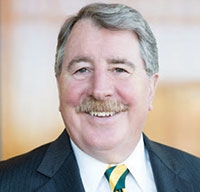
Fall 2018: Letter from Robert E. Palazzo, Ph.D., Dean of the College of Arts & Sciences
If you haven't been to campus lately, I can't stress enough how different the environment is from what you may remember from your student days.
Read more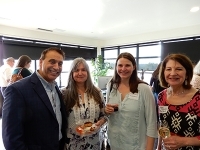
Spring 2018 events in the College of Arts & Sciences
Catch up with some of the big events sponsored by the College of Arts and Sciences, from Spring Flings to an exhibit at AEIVA.
Read more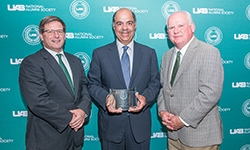
Alumni honored at the 2018 UAB Excellence in Business Top 25 event
We are proud to announce that eight College of Arts and Sciences alumni were honored as members of the 2018 class of the UAB Excellence in Business Top 25.
Read more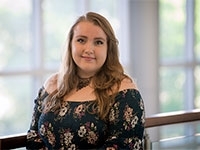
Award winning: What it takes for students to win major scholarships and awards
The number of College of Arts and Sciences students who win major national and international scholarships and fellowships grows every year. What does it take to win one of these major prizes?
Read more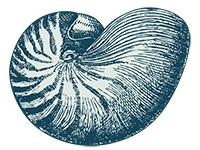
The science and philosophy of Aquaman
With the latest Justice League movie coming to theaters this Christmas, we ask: what does Aquaman represent? And could he really talk to sea creatures?
Read more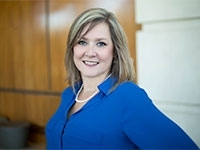
Common threads: The value of interdisciplinary partnerships
Our university enables faculty to make connections across various disciplines, schools, and centers, and being a part of the College of Arts and Sciences provides my colleagues and me with a broad platform to support this kind of effective interdisciplinary work.
Read more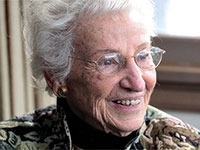
The Life-Long Learning Endowed Scholarship Honoring Ruth J. and Robert J. Colvin
The Life-Long Learning Endowed Scholarship Honoring Ruth J. and Robert J. Colvin has been established in the departments of English and World Languages and Literatures that will support deserving students and relieve them of their financial pressures.
Read more
Computer science meets the biological sciences in the new bioinformatics program
New degrees in the College prepare students for emerging fields of personalized medicine, advanced manufacturing, and more.
Read more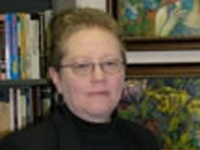
Dr. Mike Wilson and Professor Becky Trigg Endowed Award
Friends, family, colleagues, and admirers of Dr. Michele “Mike” Wilson and Professor Becky Trigg have made generous gifts to create an endowed award in the Department of Sociology.
Read more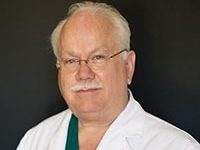
The Henry E. Bates, Jr. Scholarship: A Blazing the Way Scholarship
Johnny “Rusty” Edward Bates, M.D. has established the Henry E. Bates, Jr. Scholarship in the Department of Mathematics—one of UAB's new Blazing the Way Scholarships.
Read more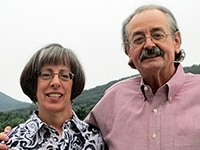
A servant's heart: Social Work alumna Jeanne Welch gives back to UAB
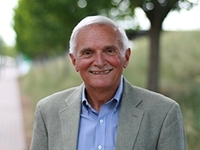
Dr. Larry Krannich Endowed Student Research Scholarship
The Dr. Larry Krannich Endowed Student Research Scholarship was established to recognize Dr. Krannich's decades of distinguished service to UAB and to provide opportunities for young scientists to gain valuable experience in the research environment.
Read more